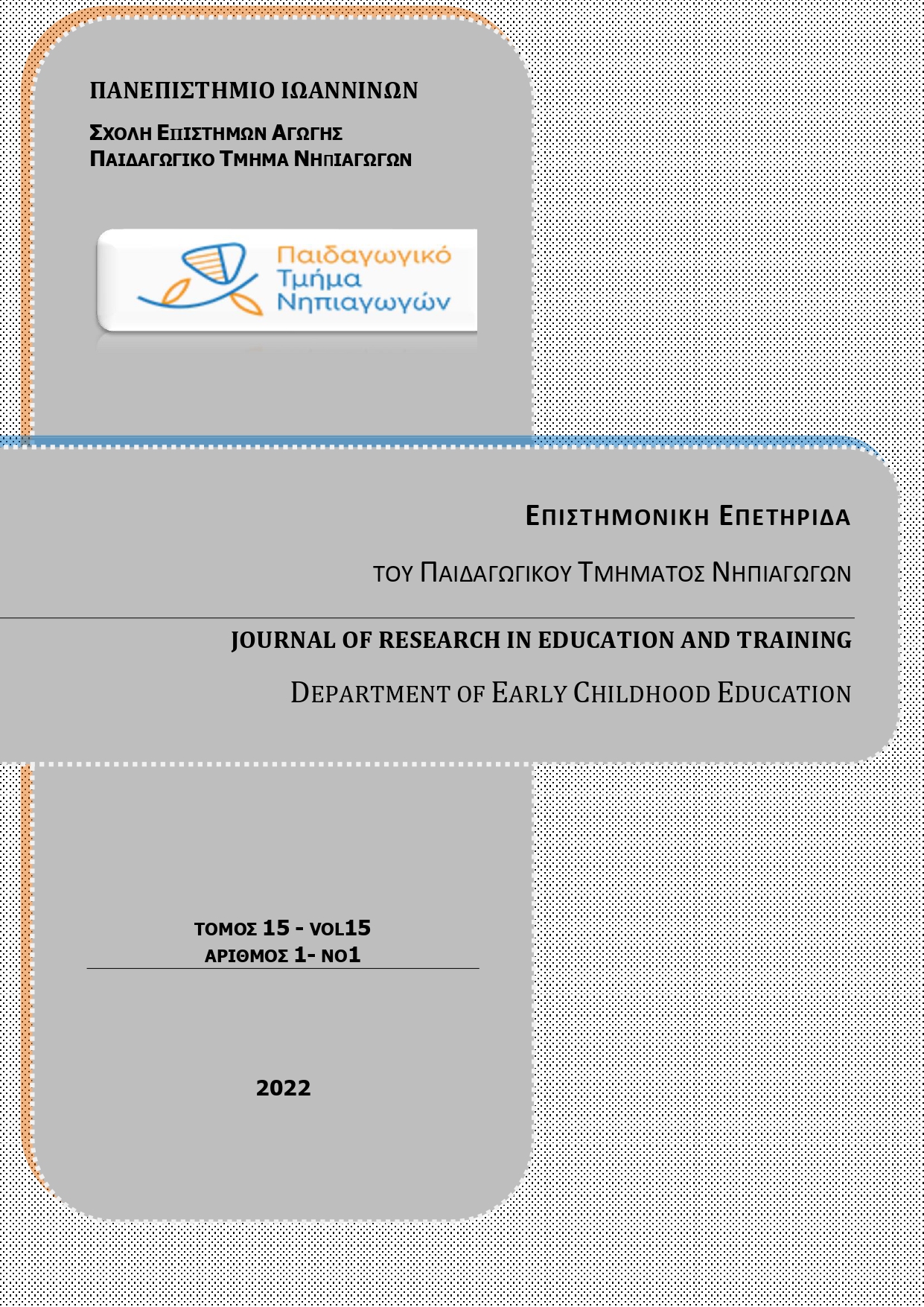Intercultural communication Mapping the field

Abstract
Given the increasing cultural and linguistic interaction of people nowadays, the development of the field of intercultural communication is expected. In the present paper, an attempt is made to map this research field. It was observed that in its early stages, little attention was paid to the linguistic aspects of intercultural communication, as it developed mainly in the context of psychology, marketing and communication studies and had a highly practical orientation. In linguistics, it was mainly associated with the cross-cultural/comparative and interactive (sociolinguistic) tradition. Also, it has received significant criticism that it has contributed, in fact, to the strengthening of the stereotypes that it tries to oppose (e.g. essentialist conception of culture, methodological nationalism). For this reason, contemporary approaches to intercultural communication, such as the transcultural and the critical discourse analytical approaches, have been proposed, which attempt to overcome the limitations that have emerged. In particular, the transcultural approach focuses on transcending cultural boundaries, challenging the self-evident connections between a particular language, culture and geographical area. On the other hand, the critical discourse analytical approach views cultural identities as ideological constructions of discourse, rather than as objective entities, revealing the role of power relations implicated for their construction.
Article Details
- How to Cite
-
Stamou, A. (2022). Intercultural communication: Mapping the field. Journal of Research in Education and Training, 15(1), 42–70. https://doi.org/10.12681/jret.29697
- Issue
- Vol. 15 No. 1 (2022):
- Section
- Articles

This work is licensed under a Creative Commons Attribution-NonCommercial-ShareAlike 4.0 International License.
Authors who publish with this journal agree to the following terms:
- Authors retain copyright and grant the journal right of first publication with the work simultaneously licensed under a Creative Commons Attribution Non-Commercial License that allows others to share the work with an acknowledgement of the work's authorship and initial publication in this journal.
- Authors are able to enter into separate, additional contractual arrangements for the non-exclusive distribution of the journal's published version of the work (e.g. post it to an institutional repository or publish it in a book), with an acknowledgement of its initial publication in this journal.
- Authors are permitted and encouraged to post their work online (preferably in institutional repositories or on their website) prior to and during the submission process, as it can lead to productive exchanges, as well as earlier and greater citation of published work (See The Effect of Open Access).


